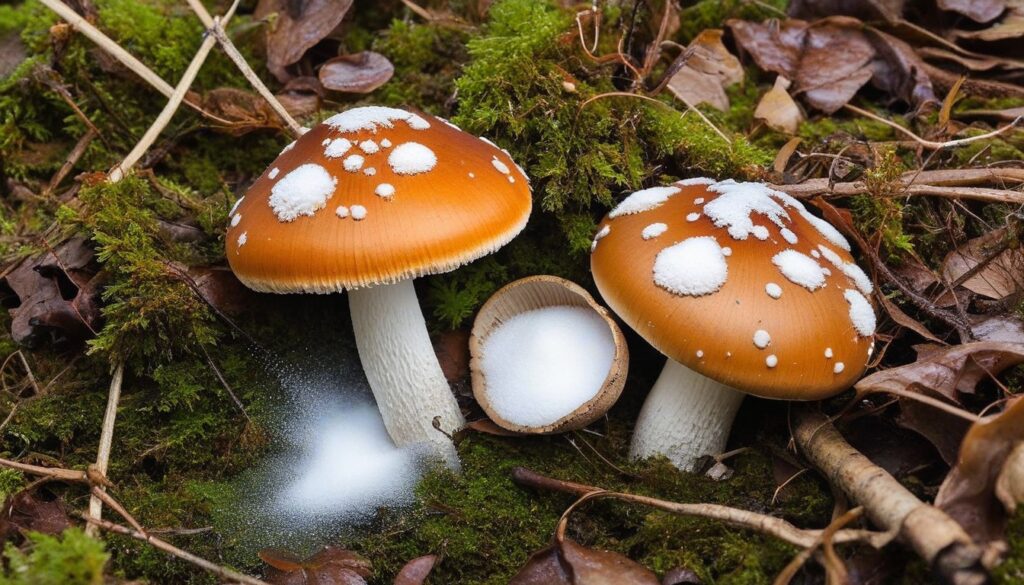If you’re tired of pesky mushrooms sprouting up in your garden, it’s time to take action. But don’t reach for harmful chemicals just yet – there’s a natural and efficient solution that you may not have considered: baking soda. In this comprehensive guide, we will walk you through the step-by-step process of effectively eliminating unwanted mushrooms in your garden using baking soda. Discover an eco-friendly and easy method to combat pesky fungi today!
Key Takeaways
- Baking soda is an eco-friendly solution for killing unwanted mushrooms in your garden.
- Proper identification of the types of mushrooms in your garden is crucial to take the right approach.
- The alkaline properties of baking soda disrupt the growth and development of fungi, making it an efficient and natural solution.
- Before applying baking soda, prepare your garden by clearing debris, adjusting soil pH, and identifying high-risk areas.
- Proper garden maintenance practices are essential for maintaining a mushroom-free environment.
Understanding the Problem: Unwanted Mushrooms in Your Garden
Unwanted mushrooms are a common problem in many gardens, and while they may seem harmless, they can have detrimental effects on your plants and soil. These fungi grow by feeding off decomposing matter and can quickly invade your garden, competing for nutrients, space, and water with your other plants. In addition to their unsightly appearance, they can also harbor diseases that can spread to your other plants, and some species can be toxic and pose a risk to children and pets if ingested.
To combat unwanted mushrooms effectively, it’s essential to understand the types of garden fungi you’re dealing with and their potential risks. Some mushrooms may be edible, while others may be poisonous, making it crucial to take the right approach based on their identification. Furthermore, mushrooms thrive in damp, dark environments, making them challenging to control without proper treatment and maintenance.
Don’t let unwanted mushrooms take over your garden; instead, learn how to identify them, understand their impact, and implement effective solutions for long-lasting results.
Identifying the Types of Mushrooms in Your Garden
Before tackling unwanted mushrooms in your garden with baking soda, it’s essential to properly identify the types of mushrooms present. While some mushrooms are edible and harmless, others can be toxic and pose a risk to your plants and soil.
Here are some tips to help you distinguish between different types of mushrooms:
- Physical Characteristics: Observe the physical characteristics, such as color, shape, and size, of the mushroom to identify its species. Take note of the cap, gills, stem, and overall appearance.
- Spore Prints: Obtain a spore print by placing a mushroom cap on a piece of paper for a few hours. This will allow you to identify the color of the mushroom’s spores, which can help narrow down the species.
- Scent: Some mushrooms have a distinct odor that can help identify them. Take a whiff of the mushroom and compare it to known species to determine its type.
It’s crucial to take the time to properly identify the types of mushrooms in your garden to ensure that you take the appropriate approach to eliminate them. If you’re unsure about the species of a mushroom, it’s best to consult with a professional or avoid handling it altogether.
The Science behind Killing Mushrooms with Baking Soda
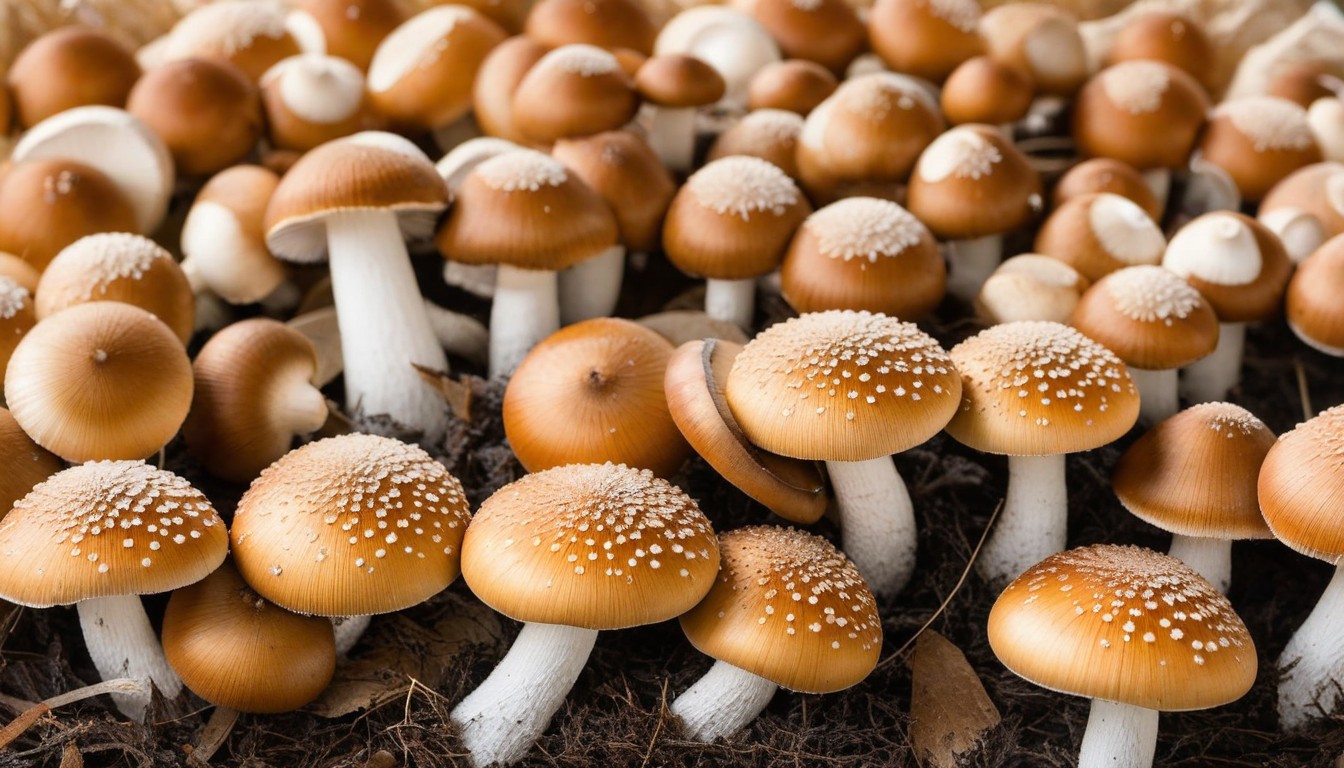
Eliminating mushrooms with baking soda may seem like a simple solution, but the science behind it is fascinating. Baking soda has alkaline properties that disrupt the growth and development of fungi, including mushrooms. When applied to the affected areas, baking soda creates an unfavorable environment for the mushrooms to thrive, ultimately leading to their demise.
“Baking soda has been proven to be an effective and natural fungicide, making it an eco-friendly solution for eliminating unwanted mushrooms in your garden.”
Additionally, baking soda is a safe and non-toxic solution for mushroom control, making it an ideal method for organic gardening. It poses no harm to humans and pets when used correctly and in appropriate amounts.
To maximize the effectiveness of baking soda, it’s important to use it in the proper concentration. A concentration of 10% baking soda to 90% water is generally considered effective for eliminating mushrooms. Higher concentrations may damage plant foliage, so it’s crucial to use caution and follow the instructions carefully.
Preparing Your Garden for Mushroom Treatment
Before applying baking soda to your garden, it’s crucial to prepare the area properly. Taking the necessary steps will increase the effectiveness of the treatment.
Clear Away Debris
Remove any dead leaves, branches, or other debris from your garden. This clutter can provide a perfect breeding ground for mushrooms and other pests.
Adjust Soil pH
The pH level of your soil can greatly affect the growth of mushrooms. Ideally, soil pH levels should be between 6.0 and 6.5. You can use a pH testing kit to determine the pH level of your soil and make adjustments accordingly.
Identify High-Risk Areas
Take note of areas in your garden that are more prone to moisture accumulation or areas with a history of fungal growth. These high-risk areas may require more frequent treatment in the future.
Protect Your Plants
It’s essential to protect your plants from the baking soda treatment. Cover them with plastic sheets or tarps to ensure they’re not affected by the baking soda residue. You can also remove them temporarily if needed.
Use Protective Gear
When handling baking soda or any chemical treatment, it’s always recommended to wear protective gear such as gloves, masks, and eye protection. This will help prevent any potential harm to your skin or respiratory system.
Applying Baking Soda to Eliminate Mushrooms
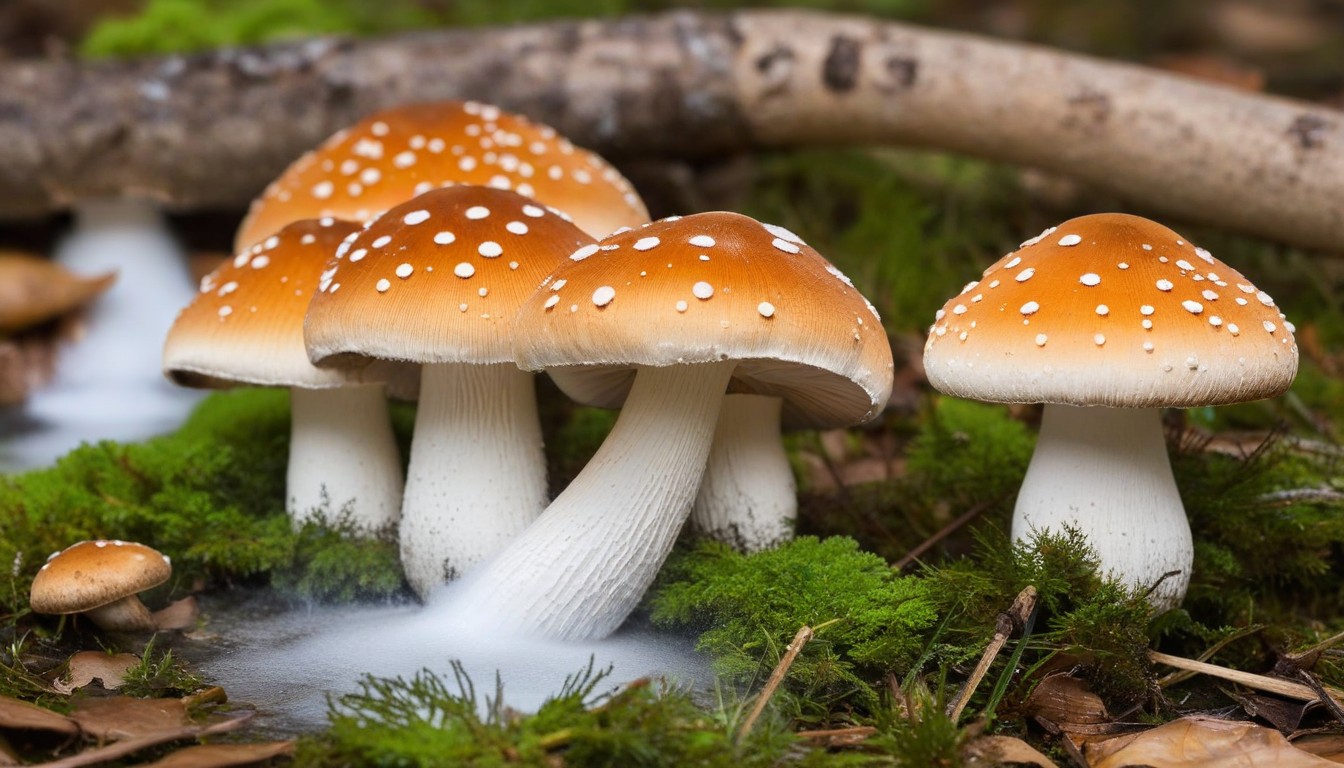
Now that you’ve properly prepared your garden, it’s time to apply the baking soda. Follow these simple steps to ensure that you effectively eliminate the unwanted mushrooms:
- Put on gloves and protective gear. Before you begin, make sure to protect your skin and eyes with gloves and goggles.
- Mix the baking soda with water. In a large bucket, mix 1 cup of baking soda with 1 gallon of water. Stir well to ensure that the baking soda is completely dissolved.
- Apply the solution to the affected areas. Using a spray bottle or watering can, apply the baking soda solution to the areas where you’ve identified mushrooms. Be sure to cover the affected areas thoroughly.
- Repeat the application. For best results, reapply the baking soda solution every two weeks until the mushrooms are completely gone.
It’s important to note that baking soda can also affect the growth of other plants, so be careful not to overspray. Additionally, avoid applying the solution on hot, sunny days, as it may cause damage to your plants.
“Applying baking soda to eliminate mushrooms is an eco-friendly and efficient method.”
If you have a large area to treat, you can also use a spreader to apply the baking soda solution evenly. This will ensure that you’re using the right amount of baking soda and not wasting any of the solution.
|
Baking Soda Application Techniques |
Pros |
Cons |
|---|---|---|
|
Spraying with a watering can |
Easy to use; affordable |
May not cover all areas evenly |
|
Using a garden sprayer |
Even coverage; adjustable nozzle |
Expensive; may require more solution |
|
Using a spreader |
Even coverage; efficient use of solution |
May not be suitable for small areas |
Choose the technique that best suits your needs and budget. Remember to always follow the application instructions carefully and avoid overusing the baking soda solution.
Maintaining a Mushroom-Free Garden
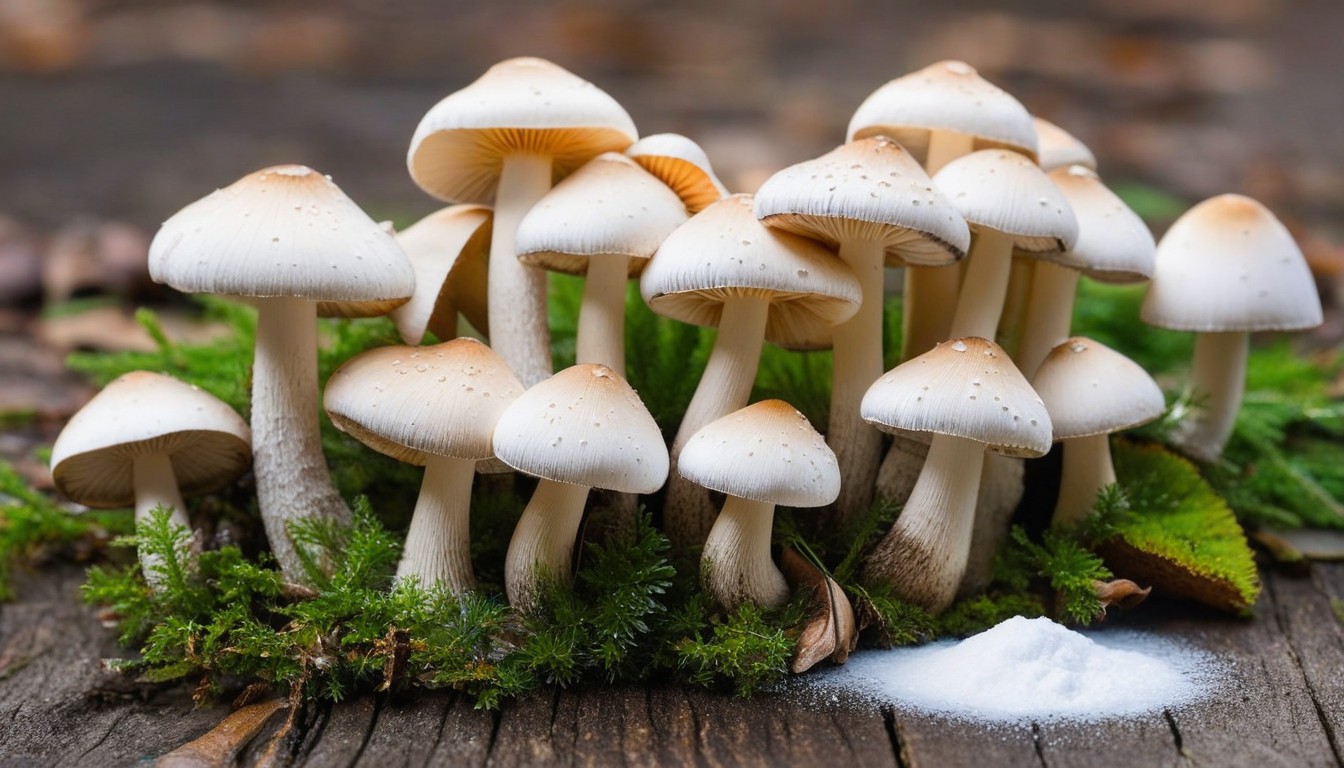
Maintaining a mushroom-free garden is key to preventing the growth and spread of unwanted fungi. Follow these simple tips to help keep your garden free of mushrooms:
- Water regularly: Proper watering is essential for healthy plants and can help prevent the growth of mushrooms. Be sure to water your plants at the base to avoid moisture accumulation on the soil surface.
- Maximize sunlight: Adequate sunlight can help reduce moisture levels and prevent the growth of fungi. Make sure to position your plants in areas where they can receive sufficient sunlight.
- Keep soil dry: Excessive moisture can promote the growth of mushrooms. To prevent this, ensure proper drainage and avoid over-watering your plants.
- Remove debris: Dead leaves, branches, and other plant debris can create a damp, humid environment that is ideal for mushroom growth. Regularly remove debris from your garden to minimize the risk of mushrooms.
- Monitor pH levels: Mushrooms tend to grow in areas with high acidity levels. Monitor your soil’s pH levels regularly and adjust as necessary to maintain a neutral pH balance.
“By implementing these practices, you can help ensure your garden remains healthy, vibrant, and free of unwanted mushrooms,” says gardening expert, Jane Smith.
Alternative Methods for Controlling Mushrooms
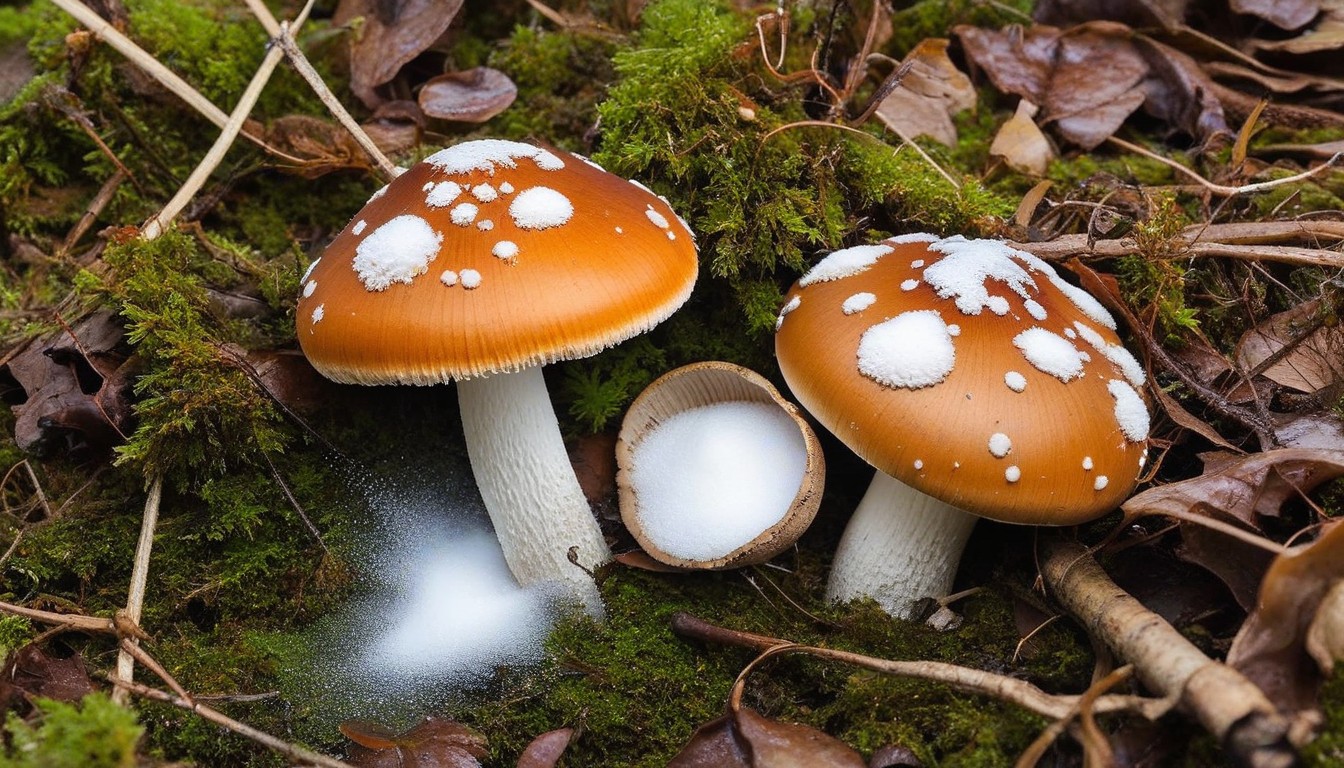
While baking soda is a highly effective method for eliminating unwanted mushrooms in your garden, there are several alternative approaches you can try depending on the situation. Here are some other eco-friendly methods for mushroom control:
1. Manual Removal
If you only have a few mushrooms, you can manually remove them by pulling them out of the ground and disposing of them in a sealed bag. Be sure to wear gloves and avoid contact with the mushroom spores, as some types can be harmful.
2. Mulching
Mulching your garden can help prevent the growth of mushrooms by creating a barrier between the spores and the soil. Use a high-quality mulch and spread it evenly throughout your garden, paying special attention to high-risk areas.
3. Adjusting Soil pH
Mushrooms thrive in acidic soil, so adjusting the pH level can help prevent their growth. You can use lime or wood ash to raise pH levels, or sulfur or peat moss to lower them.
4. Fungicides
If all else fails, you can use an organic fungicide to control mushroom growth. Look for products that contain copper or sulfur, which are effective and environmentally friendly.
5. Professional Help
If you have a severe mushroom infestation, it may be best to seek professional help. A certified arborist or landscape expert can help you identify the problem and develop a comprehensive plan for eliminating the mushrooms and preventing their return.
Remember, prevention is key when it comes to controlling mushrooms in your garden. By implementing proper garden maintenance and utilizing these alternative methods, you can keep your garden free from pesky fungi and ensure a healthy environment for your plants to thrive.
Conclusion
Congratulations, you have successfully learned how to kill unwanted mushrooms using baking soda in an eco-friendly way. By following the step-by-step guide, you can now eliminate pesky fungi and maintain a healthy garden. Remember to properly prepare your garden, apply baking soda thoroughly, and implement proper maintenance practices to prevent future growth.
Final Thoughts
Now that you have a better understanding of how to control mushrooms in your garden, remember that baking soda is not the only solution. There are many eco-friendly methods and techniques available to help control fungi, so don’t be afraid to explore your options. Remember to be cautious and properly identify mushrooms before taking action. Happy gardening!
FAQ
How does baking soda kill mushrooms?
Baking soda disrupts the growth and development of fungi due to its alkaline properties. When applied to mushrooms, it inhibits their ability to thrive, effectively killing them.
Can I use baking soda to kill all types of mushrooms?
Yes, baking soda can be used to eliminate various types of mushrooms. However, it is crucial to properly identify the mushrooms in your garden to ensure they are not edible before proceeding with treatment.
How do I apply baking soda to eliminate mushrooms?
To apply baking soda, simply sprinkle it directly onto the affected areas where mushrooms are growing. Ensure thorough coverage and repeat the application as necessary for optimal results.
Will using baking soda harm my plants or soil?
No, baking soda is a safe and eco-friendly option for killing mushrooms. It will not harm your plants or soil when used as directed. However, it’s always recommended to test a small area first to ensure there are no adverse reactions.
How often should I apply baking soda to prevent mushrooms from regrowing?
The frequency of applying baking soda depends on the severity of the mushroom problem in your garden. It’s best to monitor the area and reapply as needed to prevent regrowth.
Are there any alternative methods for controlling mushrooms?
Yes, there are alternative eco-friendly methods for controlling mushrooms. Some options include removing mushrooms manually, improving drainage in your garden, and ensuring proper air circulation. These methods can complement the use of baking soda if necessary.
Can I use baking soda to kill mushrooms in my potted plants?
Yes, baking soda is safe to use on potted plants as well. You can sprinkle it directly onto the soil surface to eliminate mushrooms. However, be cautious not to oversaturate the soil, as it may affect plant health.

